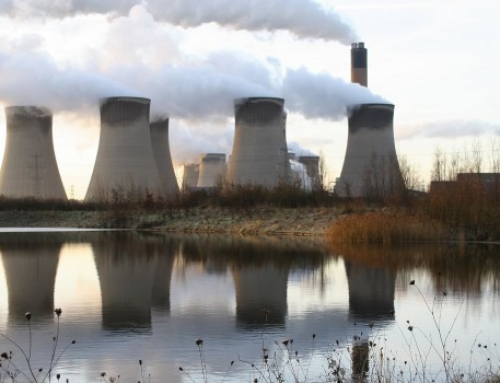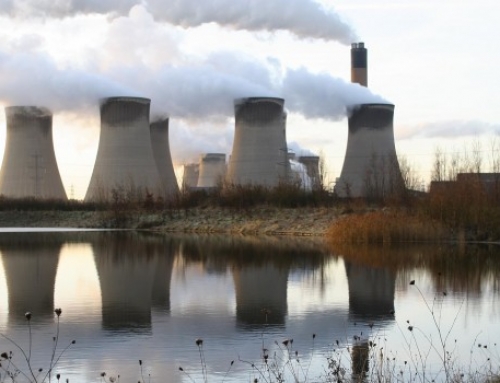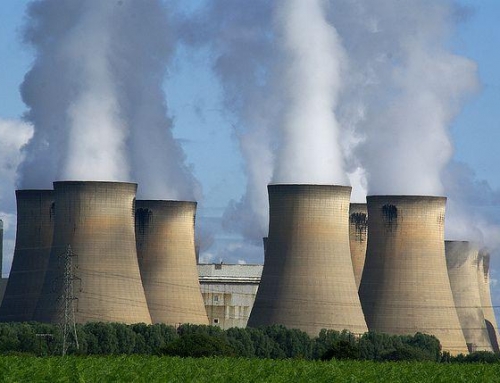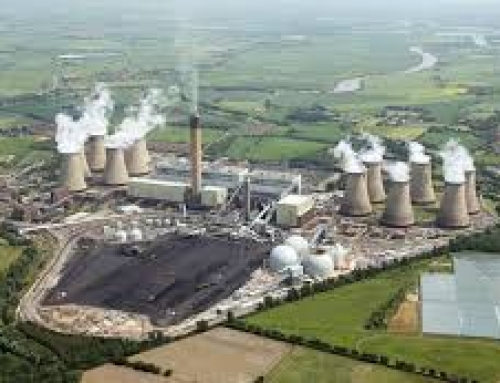By Stewart Dalby
When we wrote about Drax Group earlier this year (26 March 2020), we focused on the final results for 2019. These results, we said, showed the LSE Main Board-listed company was betting on green energy. Its plan was to transform its massive coal powered plant in North Yorkshire from a fossil fuels concern to a huge clean energy facility. This would help reduce emissions and aid the fight against climate change.
We commented that changing the six coal fired units to biomass (wood pellets) driven facilities would likely be a very expensive business. It would perhaps cause concern amongst traditional investors and in other quarters. One highly regarded journal, The Investors Chronicle, for example, said: “The shift to green energy comes at a price”. By this the IC meant, that having a spending spree– that perhaps the company really could not afford– might impact negatively on Drax’s share price, profit and loss account and its balance sheet.
When the final results report for 2019 were published on 27 February 2020, they showed the switch to biomass from coal had, indeed been very costly. Overall, the whole transition project of the transition seemed to be turning into a deep financial black hole.
Commenting on the costs the 2019 final report said Drax had spent a total of over £700 million on converting four coal units and it wasn’t just these huge conversion costs that were exceptional. There were also substantial obsolescence charges for the coal specific assets through accelerated depreciation.
But this was not all. There were still two more coal units to be dealt with. The company had also established an energy supply division, largely through takeovers of companies already in the field. These were groups like Opus energy and Haven, which supplied energy to business customers. A wood pellet division was also established bringing the pellets from the US.
The largest exceptional item was, though, the acquisition of Scottish Power’s renewable power portfolio during the period. The management drew £550m from its debt facility to close the deal. These costs were what you might call outgoings. There were also inputs. One was £114m from the hydro and gas assets acquired from Scottish Power. There was also a £78m Capacity Payment which is an EU assisted scheme for renewable energy projects.
Nevertheless, despite these various inputs and outputs to the balance sheet the Adjusted EBITDA (earnings before interest, taxation depreciation and amortisation) for the twelve months ended 31 December 2019 was a surprising £410m, some 64 per cent higher than the previous year (2018: £250m). The increase was on the back of buoyant revenues of £4,703m (2018: £4,237m).

Coal plants to be phased out by 2021
At first glance the management may well have felt that the £410m figure justified that the investments that had been made were not misjudged. But some of doubting Thomas’s among investors, on the other hand, must have scratched their heads and wondered how the pre-tax figure was so high, given the exceptional items were so large.
The answer lay in the Notes on the Accounts; these said that none of the exceptional items were included in the Adjusted EBITDA. These items were mostly paid for from the cash flow and debt the company had engendered. The bottom line was that profits after tax for the twelve months was just £1m. Net debt was £841m (borrowings less cash and cash equivalents). The share price at the time these results were released were bumping along the bottom at 134p against a 52-week high of 374p.
You would have thought that after careful scrutiny of these apparently dire results Drax’s management would been depressed that their strategy of spending lots of money to go “green” appeared not to be working. On the contrary, however, Chairman Philip Cox and CEO Will Gardiner were obviously delighted at the 2019 results. One of the first things they did was put up the annual dividend by 13 per cent to 15.9p.
Will Gardiner said: “We have achieved these results while still achieving a 47 per cent reduction in carbon emissions. We are now the UK’s fourth largest generator, meeting 6 per cent of its power requirements and generating 12 per cent of the country’s renewable power.”
Moreover, both Will Gardiner and Philip Cox kept their nerve and carried their air of optimism with them into the first half of 2020. In February 2020 Philip Cox said: The company will stop all commercial generation from coal by March 2021 – meaning the remaining two coal units would be phased out. In the Interims Results Report for the six months ended June 30 2020, that was released on 29 July 2020 Sherwell said: “Since 2012 Drax has reduced its carbon emissions by 85 per cent. We have decided to take the next step and announced an ambition to become totally carbon neutral by 2030”.
He added: “The company has also joined a number of partners in a scheme using Bioenergy Carbon Capture and Storage (BECCS) in the Humber region where CC&S can apparently be feasible”.
The Interim Results are redolent of the 2019 Final Results. Adjusted EBITDA was £179m 30 per cent up on the comparable figure in 2019 which was £138m. Amongst a number of costs and benefits there was a £224m loss for coal obsolescence charges. There was also a £60m cost related to Covid-19 inclusive of the Adjusted EBITDA. The basic loss before tax was of £61m.
But one thing about Drax was different. On 25 August 2020, one month after the Interims report Drax’s share price stood at 285p, more than double what it was at the end of 2019. Investor confidence appears to have returned. The doubting Thomas’s seem to have had their concerns assuaged. So, far the management ‘s strategy of investing heavily to get the results seems to be working.





